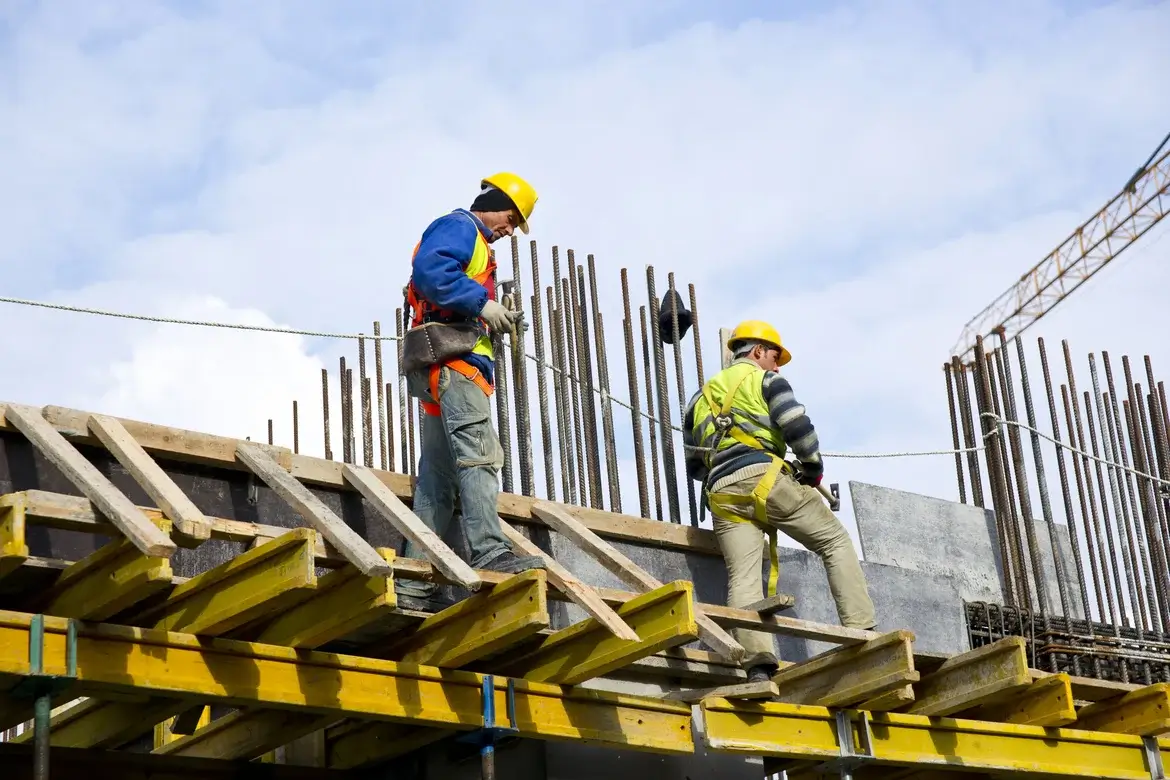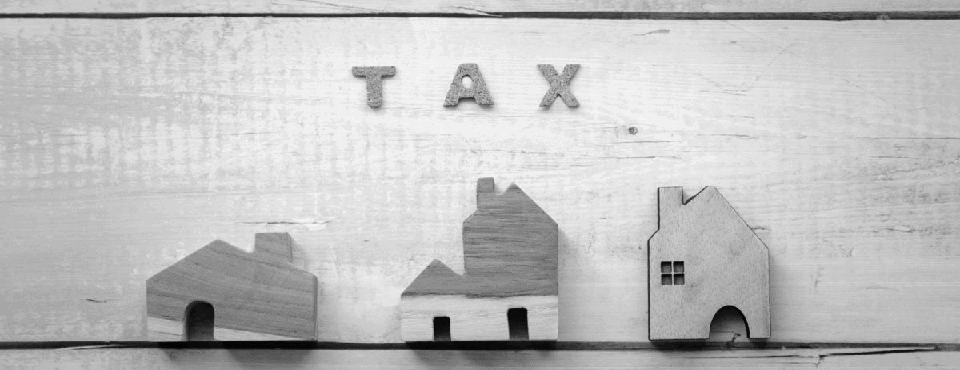Construction is a notoriously dangerous industry. Roughly 20% of all workplace fatalities happen on a construction site, making it one of the riskiest places to work. Non-fatal injury statistics are just as alarming, with an average construction injury costing $27,000, almost double the per-case cost of $15,000 for all industries.
It’s no wonder there are stringent compliance-centric regulations and protocols to protect workers in this industry. The urgency to reduce the incidence of injury and fatality is top of mind for construction industry leaders committed to the OSHA mission to identify, reduce, and eliminate construction-related hazards. Technology has a significant role to play in helping organizations adopt the OSHA “find and fix” approach to workplace hazards.
The Role of Asset Technology in a Culture of Safety
Asset tracking and management is a key part of establishing a safety culture in which proactive processes replace reactive ones. By tracking the full spectrum of heavy equipment on site, field operations gain a fundamental understanding of equipment location and utilization including unauthorized usage. This core set of information sets the stage for implementing safety-driven processes such as:
- Scheduled Maintenance
- Coordinated Dispatching
- Theft Prevention
In many cases, this core data helps construction organizations establish geofences, a virtual perimeter around specific areas on the job site. When an asset enters or exits these predefined zones, alerts can be generated. This approach helps enforce safety protocols and ensures workers and equipment remain within designated safe areas.
Despite a robust safety and security program, accidents occur. When they do, a best-in-class asset management system should be the go-to dashboard that pinpoints location regardless of terrain. Field operators that can locate and quickly shut down equipment are better prepared for emergency situations and moving on to post safety-protocols. In emergency situations, the ability to speed up response time through exact location can literally save a life.
Enhancing Safety Programs with Asset Management Analytics
Over time, GPS tracking data becomes a critical resource for field operators to identify patterns and trends related to safety issues. Asset visualization delivers a new perspective that takes the guesswork out of field operations in favor of targeted improvements that proactively address potential hazards.
For example, visual analysis of engine hour data and usage serves as input to strategic plans for improved scheduling and reduced downtime. Historical data on route progress, including late or missed stops, fuel consumption, and travel time, forms the foundation for route optimization for a more efficient supply chain. Each improvement enables equipment operators to focus on the job at hand without distraction.
Reaping the Long-Term Benefits of GPS Tracking
GPS tracking and asset management strengthens a culture of safety with immediate and long-term benefits. Unparalleled visibility and control over your assets, regardless of their nature or location, protects your equipment investment and optimizes its usage. Immediate cost savings from factors such as reducing idle time, eliminating replacements costs, and improving maintenance schedules can be realized within 30 days.
From a long-term perspective, cost reductions and productivity gains bolster the workforce, especially those previously responsible for paper-driven processes such as compliance reporting. In addition, a safe site with properly maintained assets and low claims can look forward to a reduction in insurance premiums. With builders risk insurance premiums running from 1% to 5% of the total construction cost, a lowered cost can be significant.
A culture of safety requires a commitment to continuous improvement by utilizing asset management data to its fullest potential. With this approach, asset location becomes part of the business intelligence that supports site efficiency, productivity, and safety. Geoforce can consult and provide rugged GPS asset tracking solutions to strengthen safety initiatives in the construction sector. Get a quote today
Publisher: Source link











